Gabi Dziuba & Friends
Gabi Dziuba & Friends
February 25–May 26, 2024
Schmuckmuseum Pforzheim, Pforzheim, Germany
“SPLASH” shout the pendants and rings. “EGAL EGAL” (“whatever,” in English) clamor white gold and diamond rings in an effort to appease. “OH” screams a pair of red earrings, the letters dripping bloodily in the Rocky Horror Picture Show font. Blue beans and match pendants glow in vibrant enameled color, zirconia, and shining silver. Kermit laughs out loud on a white gold ring, his mouth studded with rubies, one eye a big white diamond, the other a black one. Square pendants yell “ZOMBIE BABY,” “ACCEPT,” “ICE,” “GAGA,” and more.
Words, letters, sayings, and comic figures are carried out in shining materials and with great skill. Welcome to the world of Gabi Dziuba & Friends, where haute couture and the underground, chic and trash, all meet in an uncomplicated and humorous way. In this world, authorship is not claimed or disputed but shared.
The friends of Gabi Dziuba (b. 1954) are well-known German visual artists of different generations. The exhibition at the Schmuckmuseum Pforzheim celebrates Dziuba’s unique years-long collaborations, together with an extensive overview of her own work since the 1970s.
After studying in Pforzheim under Reinhold Reiling from 1972 to1978, Dziuba continued her studies under Hermann Jünger at the Munich Academy of Fine Arts from 1978 to1983. In Munich she met visual artists such as Günther Förg (1952–2013) and Hans-Jörg Mayer (b. 1955) with whom she has collaborated since. Through Förg and his artistic circle she met other artists, including the Austrian Heimo Zobernig (b. 1958). In 2006 he designed her beautiful though unreadable (thanks to the quirky layout) monograph, a book that her friends had regularly insisted she produce. When she settled in Berlin in 2009, she invited him to design her shop at Rosa-Luxemburg-Platz. Part of its interior, such as the large table display cases and the lamps of mirrored foil and synthetic Swarovski crystals, is now in Pforzheim’s jewelry museum, where it catches the eye in the spacious exhibition hall dedicated to the work of the artist friends. Installed close to the shop interior is a monumental monochrome white painting by Zobernig. When one approaches it, it lights up because of the reflections of tiny Swarovski stones.
Thanks to Dziuba’s curiosity and direct attitude, collaborations develop with artists who are on the same wavelength: urban and experimental in their lives and art. The resulting jewelry explores reverberating ideas, transmitted in the goldsmith’s medium. Working together can happen just like that, for instance in a joint drawing session (Hans-Jörg Mayer and Manfred Bischoff). Or because someone—Martin Kippenberger (1953–1997)—wishes to receive a Dziuba-made St. Martin’s sword as a birthday present. But it can also start with a swap: Zobernig’s catalog design for a wedding ring (EGAL), which was then turned into an edition (EGALEGAL). Dziuba is not deterred by the craziest ideas. Neither are her friends. In this unique way Dziuba bridges the gap between Art and the so-called “minor” arts.
Her work is not loud or bursting with ego. Instead it is humorous, elegant, studded with diamonds or blingy zirconias, wearable, and as topical as can be. In 1992, she made a ring with a face, from yellow gold and leftover gems. Today, we would call it a “smiley.” But in 1992, before the development of the internet, hardly anybody in Europe knew about smileys besides young people involved in underground culture. In 2021, together with young artist Daniel Topka (b. 1992), they reissued the old idea using Gabi’s collection of “scrap” mismatched stones, which resulted in rings with titles like Werewolf, Ghost, and Zombie.
Over the years, banal things—pipes, matches, comic figures—pop up in her jewelry. Film and music are also sources of inspiration. She was the singer in a band with other artists in Munich, Die Schlüssel (The Keys, as a poke at The Doors). Song lyrics filter through in her jewelry as theme or as text fragment. Punk music was a revelation in the 1970s. A nice little sculpture of Ian Dury singing “Sweet Gene Vincent”—by her Pforzheim classmate Manfred Bischoff—a Blockhead logo on his T-shirt, and punky hair, recalls those days they spent in London.
Unlike Bischoff, Dziuba tends toward the sinister, dark, street, and bling bling side of culture. Her most recent collaboration, with visual artist Alexandra Bircken (b. 1967), in 2023, resulted in a collection of dangerous silver jewelry resembling razor wire (Natodraht in German). The cutting razor blades contrast sharply with the fragility of the body and the flesh. They make you shiver and create a feeling of despair when thinking of razor wire coils to keep unwanted people out or in. These pieces are not wearable, a concession to Bircken. Dizuba doesn’t like one-way traffic, the route most jewelry artists take. She gets carried away on the unpredictable waves of exchange.
Already as a student in Pforzheim her work was humorous and well made, with a tendency toward luxurious materials. There is a lot to discover in showcases filled with jewelry she made as a student. Two pairs of earpieces from her Pforzheim years are meant to wear over your ears, like ear extensions or ear caps. The inventive golden bucket earrings left a lasting impression on many colleagues, and inspired photographers. At the academy in Munich, she experimented with materials, designs, and new ways of decorating the body. She designed brooches consisting of three to 18 identical shapes, such as 18 gilt copper sticks, that should be worn together—how would that look? Great idea, to have the Polaroids of people who volunteered for this 1980s experiment in body adornment.
The exhibition comprises different spaces in the museum. Normally the jewelry gallery with showcases and sliding drawings for additional information is used for temporary exhibitions. This exhibition uses almost the entire museum: besides the jewelry gallery, it’s in the large exhibition hall, while the so-called “making-of jewelry room” displays small sculptures (candlesticks from different artists and heads by Günther Förg), and a photo wall is installed in the room of the permanent contemporary collection. These photographs from fashion and art photographers inspired by Dziuba’s work are a fine addition to the exhibition.
When I visited the exhibition, the catalog was not ready, but I got a sneak preview. The book is a good reflection and lasting documentation, including photos of the exhibition. The texts by museum director Cornelie Holzach, covering the different periods in Dziuba’s life, are supplemented by an interview with the artist. All are informative, readable, and inviting. The graphic design that by turns looks like a scrap book and then again like a catalog, the abundance of documentary material and good photography, alternating with various texts, hits a nerve. Capturing the phenomenon of Gabi Dziuba is quite an undertaking, but the Schmuckmuseum succeeded very well.
Reviews are the opinions of the authors alone, and do not necessarily express those of AJF.
We welcome your comments on our publishing, and will publish letters that engage with our articles in a thoughtful and polite manner. Please submit letters to the editor electronically; do so here.
© 2024 Art Jewelry Forum. All rights reserved. Content may not be reproduced in whole or in part without permission. For reprint permission, contact info (at) artjewelryforum (dot) org
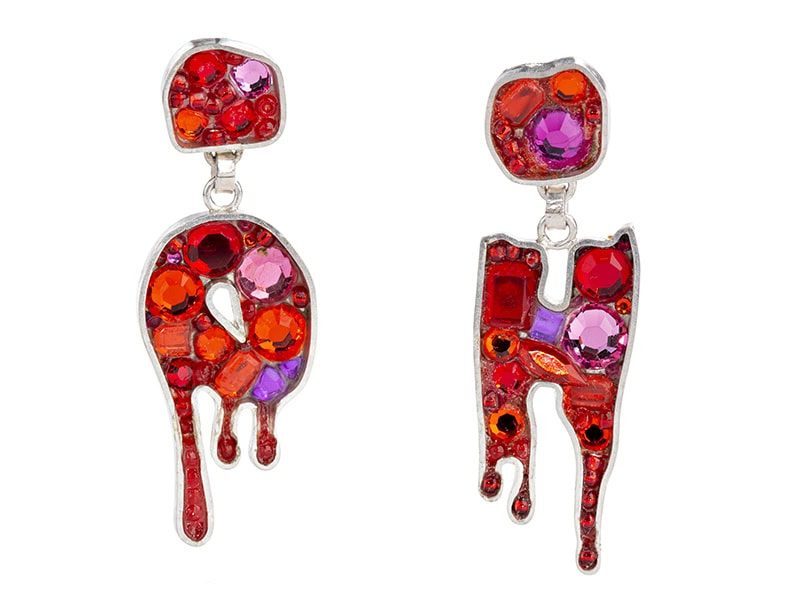

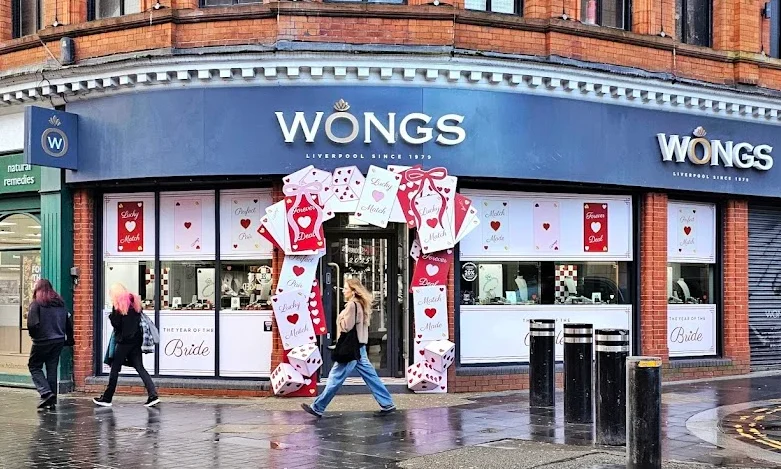
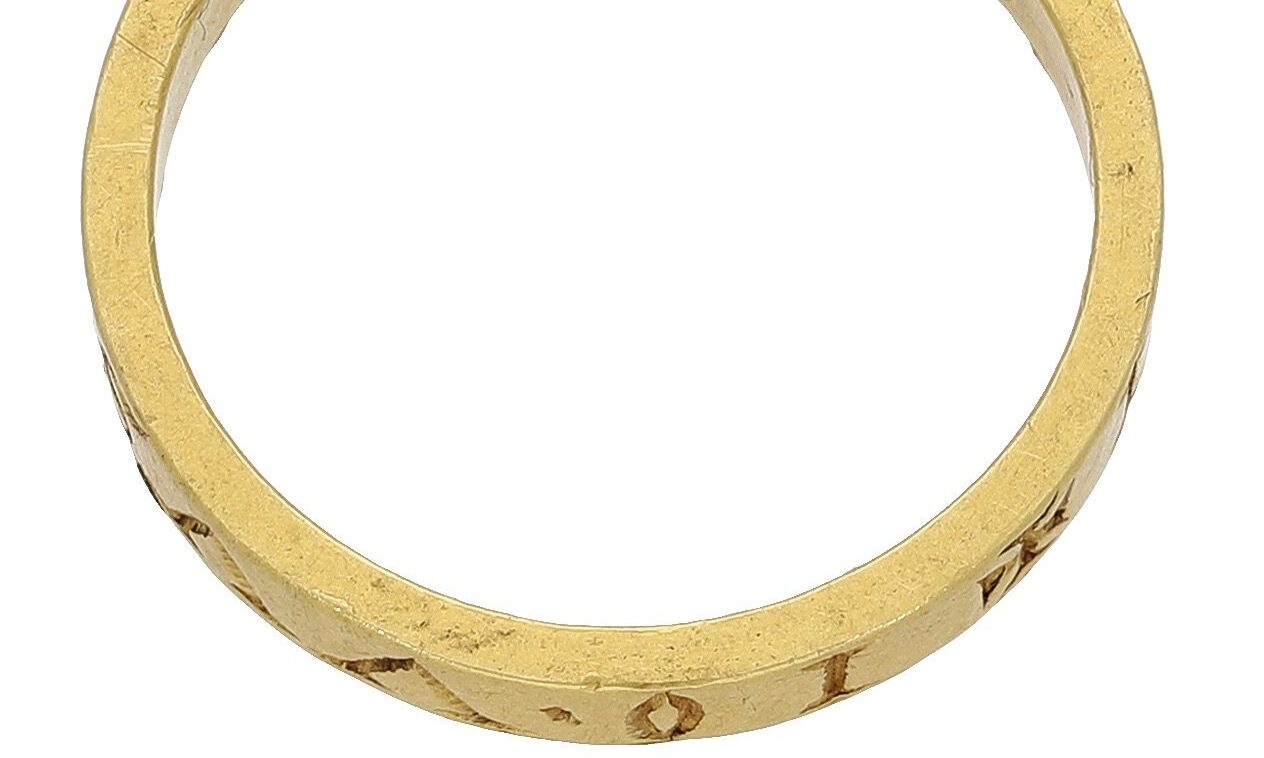
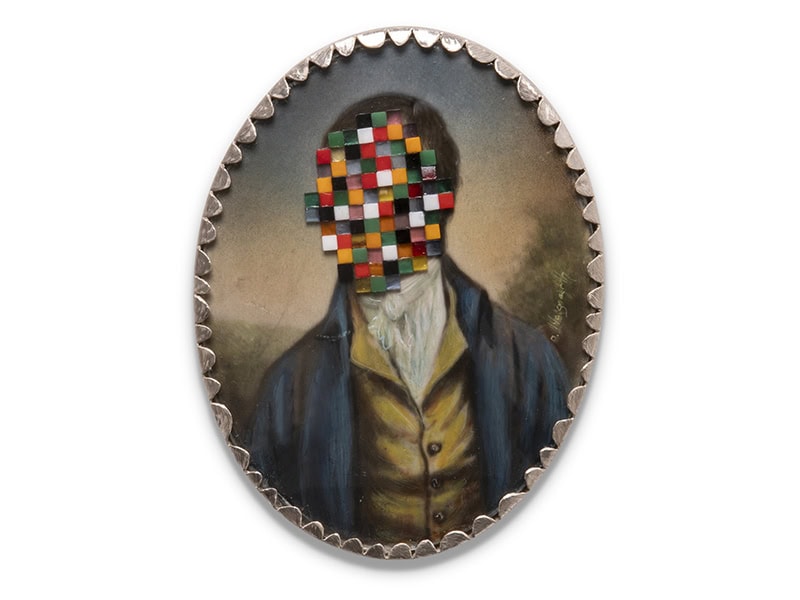
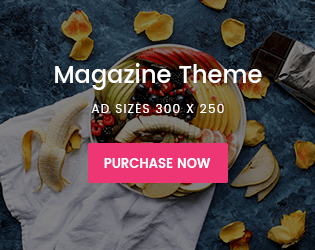





COMMENTS